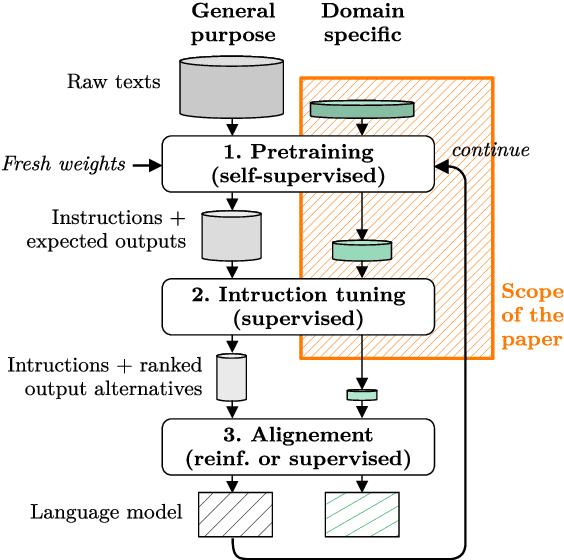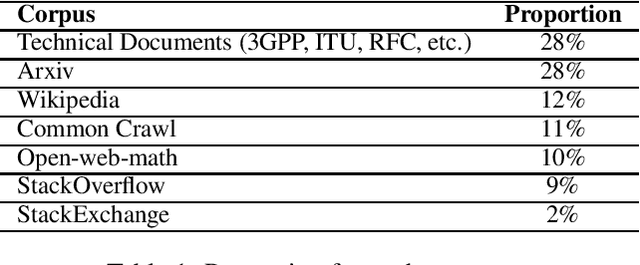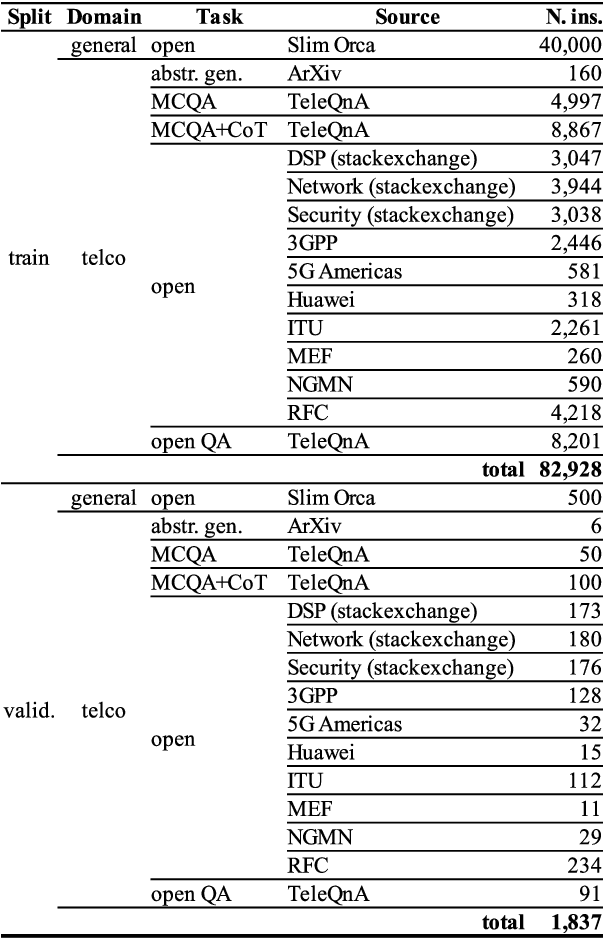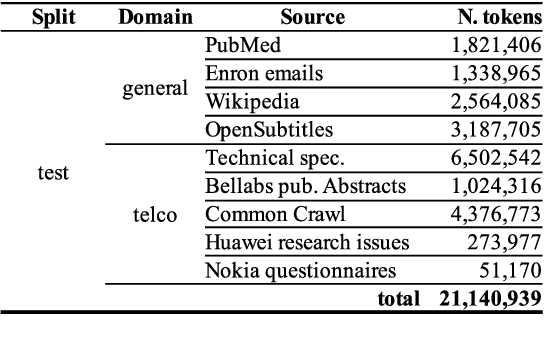Adrien Bufort
Data-Driven Radio Propagation Modeling using Graph Neural Networks
Jan 08, 2025Abstract:Modeling radio propagation is essential for wireless network design and performance optimization. Traditional methods rely on physics models of radio propagation, which can be inaccurate or inflexible. In this work, we propose using graph neural networks to learn radio propagation behaviors directly from real-world network data. Our approach converts the radio propagation environment into a graph representation, with nodes corresponding to locations and edges representing spatial and ray-tracing relationships between locations. The graph is generated by converting images of the environment into a graph structure, with specific relationships between nodes. The model is trained on this graph representation, using sensor measurements as target data. We demonstrate that the graph neural network, which learns to predict radio propagation directly from data, achieves competitive performance compared to traditional heuristic models. This data-driven approach outperforms classic numerical solvers in terms of both speed and accuracy. To the best of our knowledge, we are the first to apply graph neural networks to real-world radio propagation data to generate coverage maps, enabling generative models of signal propagation with point measurements only.
TelcoLM: collecting data, adapting, and benchmarking language models for the telecommunication domain
Dec 20, 2024



Abstract:Despite outstanding processes in many tasks, Large Language Models (LLMs) still lack accuracy when dealing with highly technical domains. Especially, telecommunications (telco) is a particularly challenging domain due the large amount of lexical, semantic and conceptual peculiarities. Yet, this domain holds many valuable use cases, directly linked to industrial needs. Hence, this paper studies how LLMs can be adapted to the telco domain. It reports our effort to (i) collect a massive corpus of domain-specific data (800M tokens, 80K instructions), (ii) perform adaptation using various methodologies, and (iii) benchmark them against larger generalist models in downstream tasks that require extensive knowledge of telecommunications. Our experiments on Llama-2-7b show that domain-adapted models can challenge the large generalist models. They also suggest that adaptation can be restricted to a unique instruction-tuning step, dicarding the need for any fine-tuning on raw texts beforehand.
 Add to Chrome
Add to Chrome Add to Firefox
Add to Firefox Add to Edge
Add to Edge